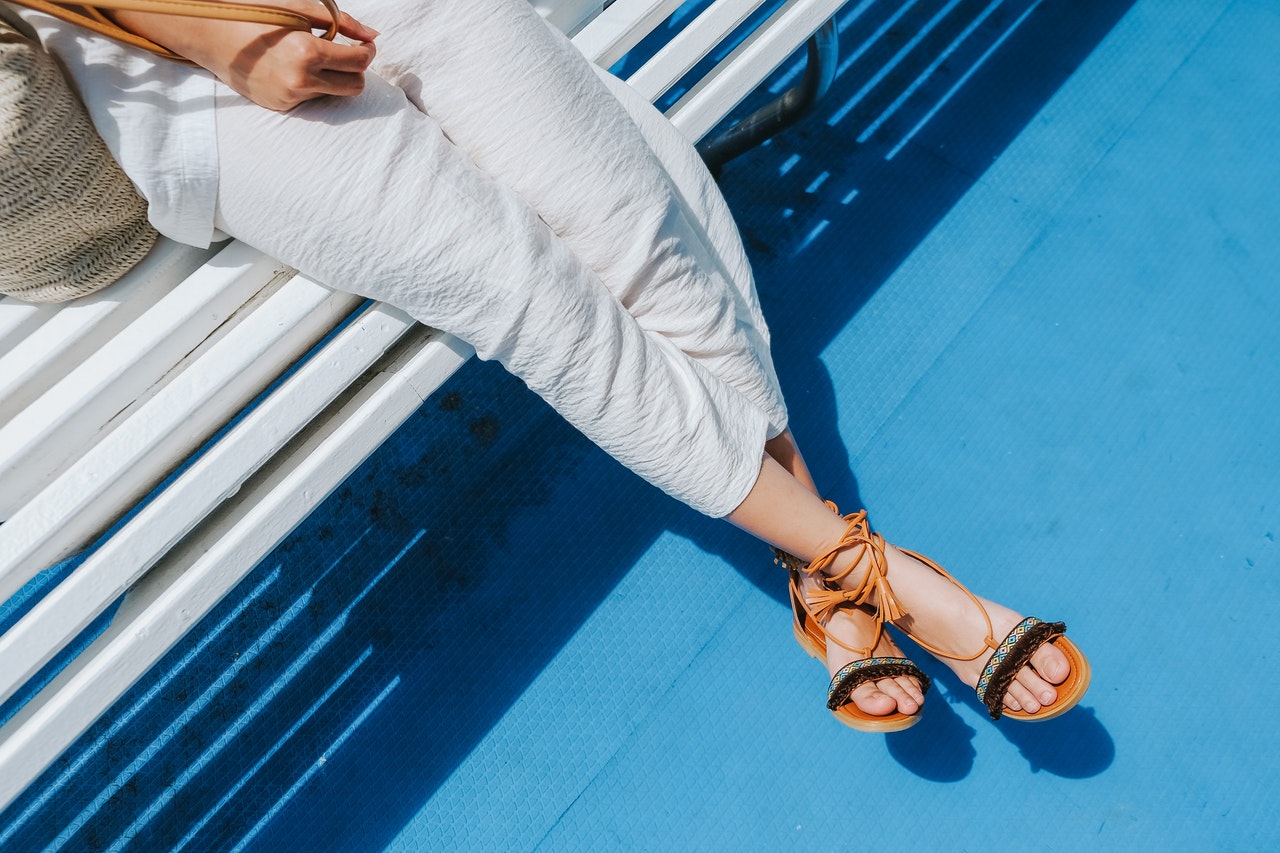Tips to Keep Legs Healthy After Vein Disease Treatment
When you have had your legs treated for vein disease, you will want to know how you can maintain your leg health afterward. Without proper care, your legs will be more vulnerable to additional varicose veins or spider veins. Practicing healthy vein habits can ensure that you do not undo the work of your vein disease treatment.
To keep your legs healthy after vein disease treatment, it is essential to focus on improving blood circulation and decreasing inflammation. Although following post-care instructions after treatment will be necessary to help maintain your results, making lifestyle changes with healthy circulation in mind can help protect your leg vein health throughout your life.
Continue reading for tips to help keep your legs healthy after you’ve had them treated for vein disease.
Wear Compression Stockings
One of the best things you can do for your leg health after having your veins treated is to wear compression socks or stockings. This special type of hosiery gently squeezes the leg veins to help encourage blood flow back up toward the heart so that it does not pool up in the calves, ankles, and feet. You can find compression socks and stockings that either go up to the knee or thigh, with the firmest compression generally offered by prescription stockings.
Your doctor will likely recommend that you wear compression hosiery for a designated period of time, possibly two to three weeks, but it is a good habit to get into regularly if you have vein disease. Wearing compression socks can help prevent swelling, heaviness, and fatigue in the legs at the end of the day. If you plan to be on your feet a lot, you should consider wearing compression socks if possible.
Elevate Your Legs
To protect your legs after vein disease treatment, it is important to ease the pressure on your leg veins as much as possible. When you are sitting or standing, your blood is flowing down into your legs and feet. Healthy vein function would easily pump the blood back up toward the heart, but when you have vein disease, your blood vessels struggle to circulate blood efficiently. This is why people with vein disease experience swollen, achy legs since blood tends to pool up in the legs and put more pressure on the veins.
Elevating your legs at least once a day can help keep blood from pooling up in your lower extremities. Take time each day to prop up your legs with a pillow, either while sitting on the couch, working at your desk, or when sleeping. Do this as often as you can to alleviate swelling and discomfort. When you make this a regular habit, you will feel the difference at the end of the day. Your legs will feel lighter, as well as less achy, swollen, and tired.
Participate in Exercise Regularly
Staying active is another crucial way to promote the health of your leg veins. Low impact exercise is best, so you do not end up putting too much pressure on the veins. Your goal is to keep your blood circulating properly and regular, low impact exercise is a great way to do so. Going for daily walks or bike rides will go a long way toward keeping your veins healthy.
Depending on the vein disease treatment you receive, your post-care instructions may vary.
- Walking is the approved form of exercise post-treatment. Your doctor may advise you to take a daily walk after your procedure to promote circulation, decrease the risk of blood clots, and alleviate pain.
- After laser treatment, you may take up low-impact exercise within a few days if it feels comfortable for you.
- If you had sclerotherapy, you would need to refrain from exercise for up to one week since the veins are not closed as securely as with other procedures.
- It is recommended to hold off on intense physical activity until you have received a clear ultrasound report indicating that the procedure was successful.
Stay Hydrated
Staying hydrated is beneficial for your overall health but can also help you care for your veins after vein disease treatment. When you have vein disease, you are at a higher risk for blood clots, so you need to find ways to promote healthy blood consistency. Drinking sufficient water each day is one way you can keep your blood thinner, so it is less susceptible to clotting.
Proper hydration can also support strong, supple muscles which can help improve blood circulation. Healthy muscles can assist the veins with pumping blood back to the heart and preventing increased pressure from weakening your leg veins.
The recommended daily water intake according to the U.S. National Academies of Sciences, Engineering, and Medicine is much higher than what we are used to hearing:
- 15.5 cups per day for men
- 11.5 cups per day for women
One thing to note is that this includes water consumed through food and other beverages as well. It is estimated that 20% of water consumed each day is received from your food, so you do not necessarily have to drink 15.5 or 11.5 glasses of water in addition to your normal diet. If you adjust for 20% of liquid from your food, you are looking at a recommended water intake of 12.4 cups for men and 9.2 cups for women. When you look at it that way, it is much more manageable!
Protect Your Legs from the Sun and Heat
Be sure to avoid sun exposure immediately after vein disease treatment. The heat from the sun can cause swelling in the veins which you especially want to avoid when you are trying to recover from your procedure. Your doctor can give you a more specific recommendation as to how long you should avoid sun exposure based on your treatment. When you do venture back out into the sun, be mindful to wear sunscreen to protect your veins from future complications.
Other heat-related activities to avoid shortly after vein disease treatment include:
- Going to hot yoga classes
- Using a jacuzzi
- Taking hot showers or baths
- Using a sauna
Each of these activities involves exposure to heat that can dilate the veins, causing swelling and inflammation. This can interfere with the recovery process after vein disease treatment and possibly reopen treated veins after procedures like sclerotherapy. Your doctor should let you know when it will be safe to resume these activities, although you may want to limit your time participating in them to help maintain the health of your leg veins for the long term.
Summary
Now you know that varicose and spider veins can make an unwelcome reappearance after treatment if you do not practice good habits for vein health. Awareness of what can affect the longevity of your vein disease treatment can help you to make changes in your diet and lifestyle to make the most of your results. Following post-procedure recommendations can also promote healthy veins and lower your chances of repeated venous insufficiency.
While a healthy diet and lifestyle along with appropriate post-procedure care are extremely helpful for decreasing the chances of your varicose or spider veins reappearing, it is important to seek out professional care if the problem returns. If you are experiencing symptoms of venous insufficiency that do not respond to diet and lifestyle changes, contact us today to book an appointment.





